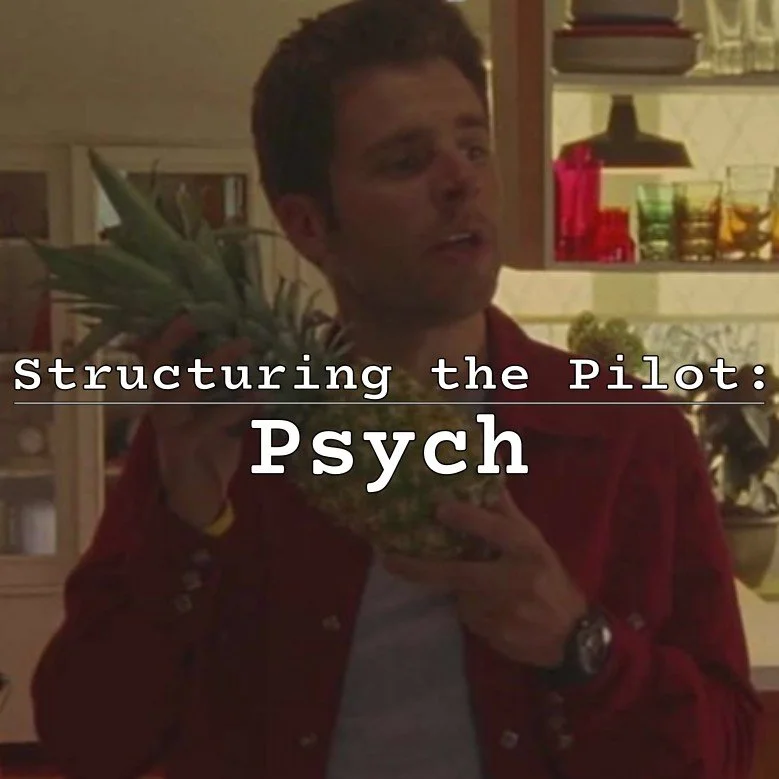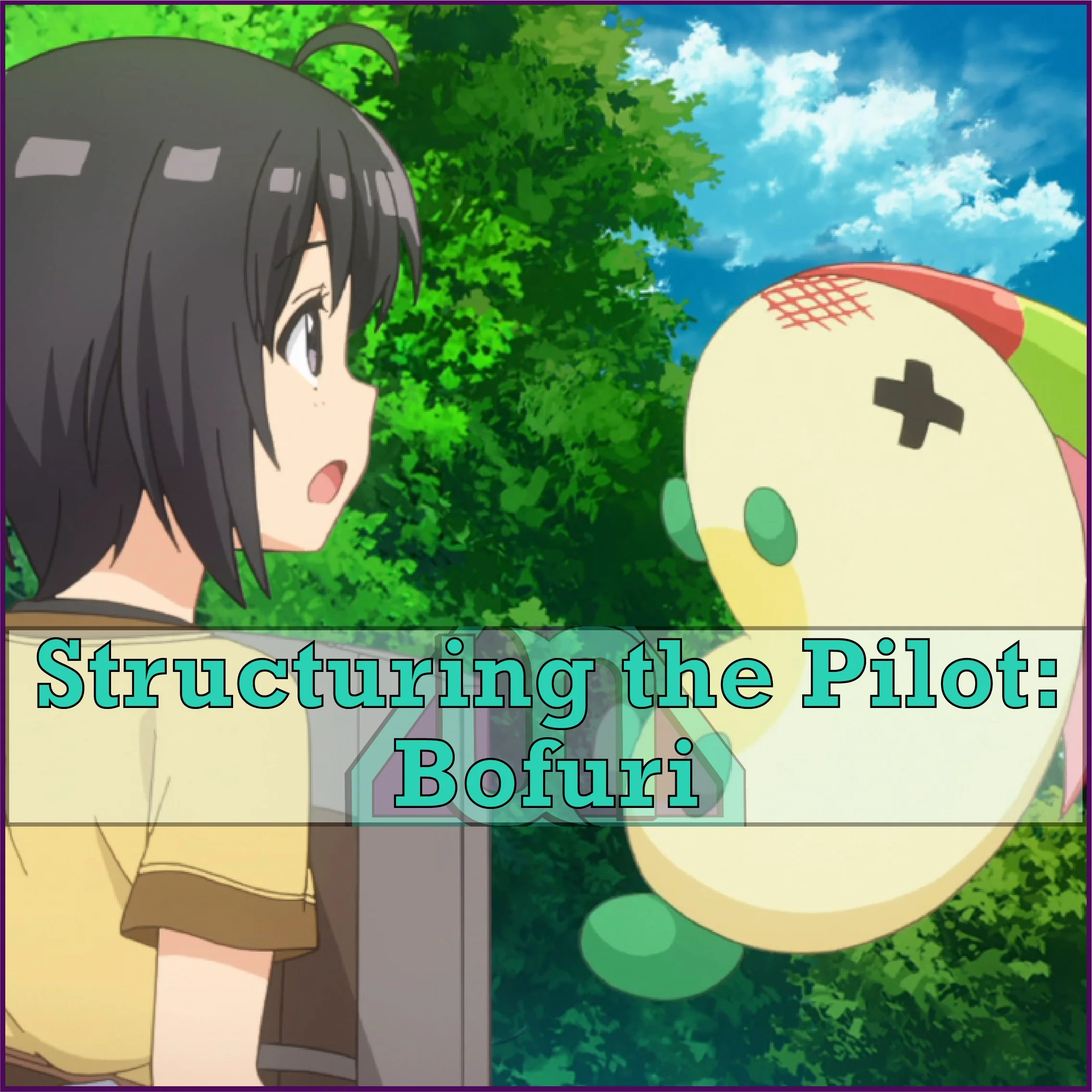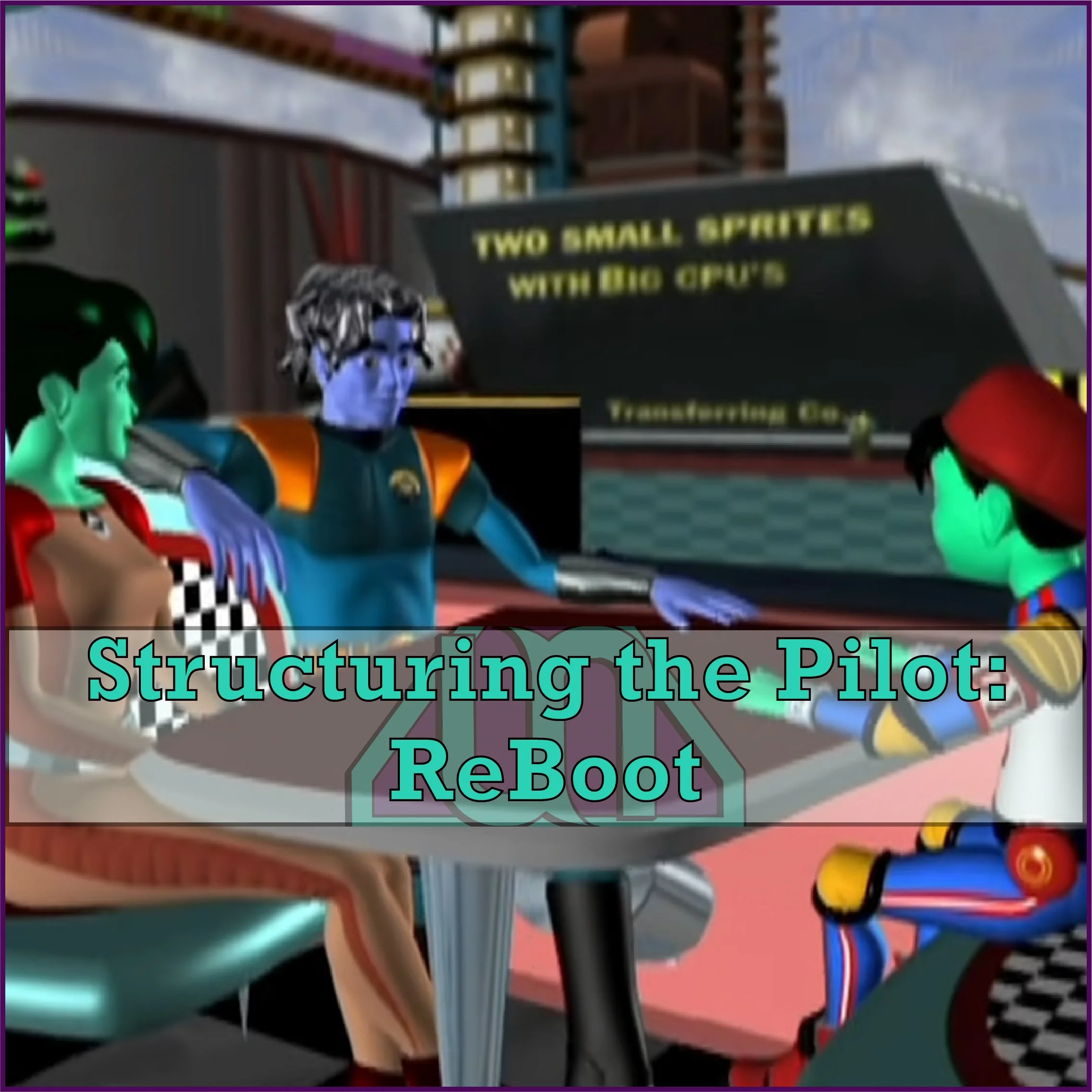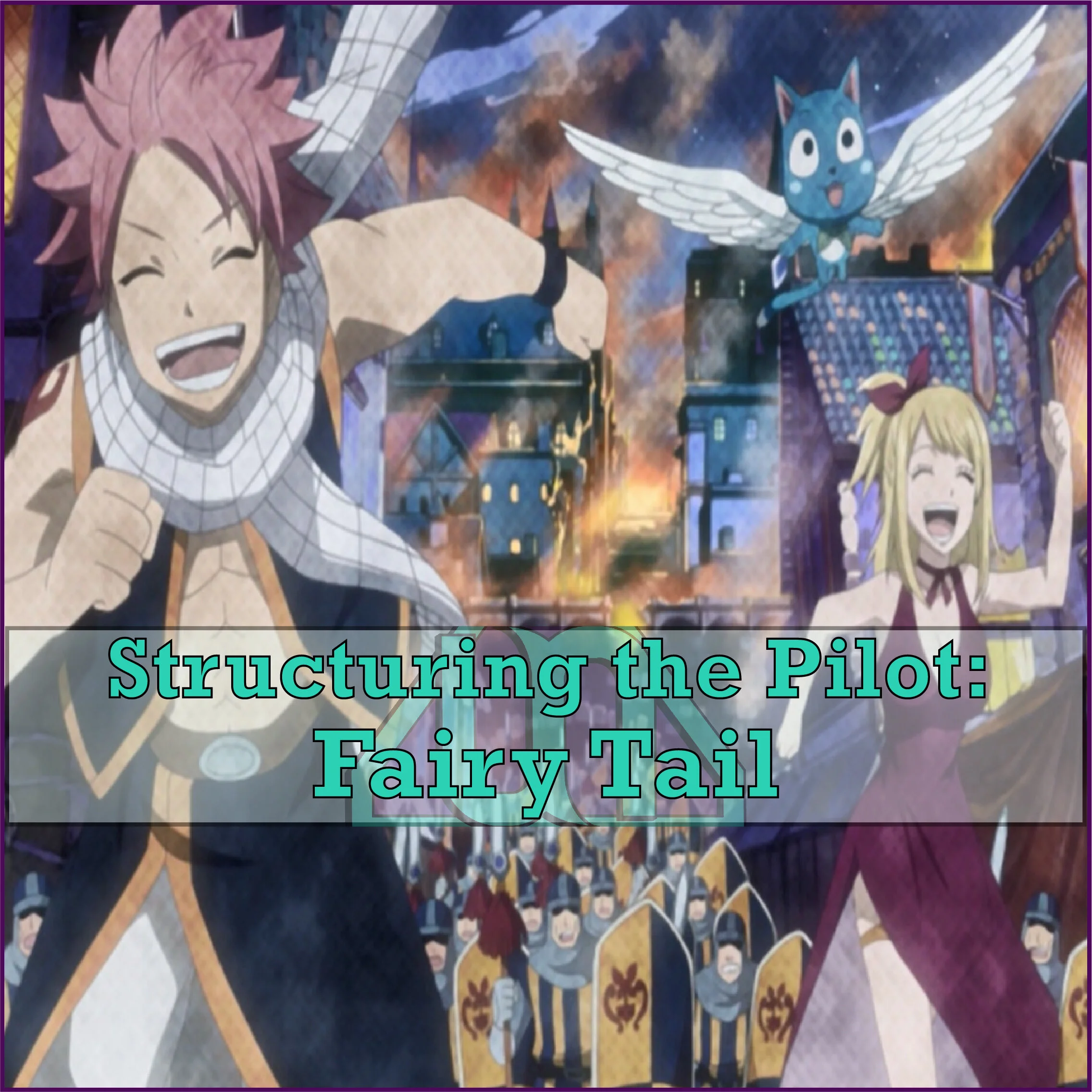Today let’s look at the pilot episode of Psych. Most pilots are just the average length of an episode for the specific series. Some are 2-part episodes. But then there are some, like Psych’s, with a runtime that’s about equal to an episode and a half.
Read MoreWhen talking about anime pilots so far, I have been sticking with the Shonen genre (with Fairy Tail and My Hero Academia). So, this time I wanted I switch it up a little and talk about an Isekai. More specifically, a video game Isekai, which feels like its own subgenre at this point.
Read MoreEven a non-premise pilot is a pilot. And while it wants to be like any other episode, it still has work to do setting up the series. How does one balance these two seemingly contradictory choices?
Read MoreWhat began with cable, and has become common place with the rise of streaming services, is the type of show that has no commercials breaks. If network shows are built around mini climaxes to keep people engaged enough to come back after commercials, how are streaming shows done?
Read MoreFairy Tail is an incredibly expansive series. The core group that we follow consists of seven characters, with the entire Fairy Tail guild playing important parts throughout. By the end, it becomes a story that spans not only two continents, but centuries of time. So, how do you start something like that? Well, you keep it simple.
Read MoreVeronica Mars is a case where each one of the four plots is unquestionably about its title character. Not only that, but they intersect repeatedly throughout, to the point that it becomes difficult at times to narrow down what a scenes purpose is. This isn’t a bad thing; it’s like a complex braid, each strand wrapping together to create a more interesting, stronger whole.
Read MoreA pilot being made doesn’t necessarily mean that is perfect. The best thing about this is that you can learn more about how to do something by looking critically at examples that don’t work as well, than the ones that appear flawless.
Read MoreSpinoffs must be easy to create a pilot for, right? A lot of the world is already established and at least one of the main characters has probably had years of development thanks to whichever show they spun off from. On the surface, these sound like positives, like they give the series a head start over all the original shows that have to create these elements from scratch. Well, it’s not that simple.
Read MoreIt’s the return of the hour long shows, this time with The Magicians. Specifically looking at how this pilot works in terms of being the start of a serialized show, whereas most everything else I have looked at so far have been either episodic or serial-episodic.
Read MoreComing back for another pilot, this time with My Hero Academia. That’s right. Switching things up so much that an anime is taking centre stage.
Read MoreHow I Met Your Mother is a sitcom that feels like it aims for both. Though it is episodic to an extent, it tells the audience right away that there is an ending to this. Even in the title alone, the series calls its shot about a major plot point for the finale.
Read MoreHere comes another Structuring the Pilot, this time taking a look at The Office (US).
I wanted to breakdown a sitcom, because of how different they are from an hour-long drama. They have half the amount of time to tell a story and focus more on finding the humor in situations (shocking, giving the genre name) than being story driven.
Read MoreWith Supernatural starting up its final season, it felt like a fun idea to look back at its pilot and see how it worked. So, without further ado, a breakdown of how it’s pilot was structured.
Read More













